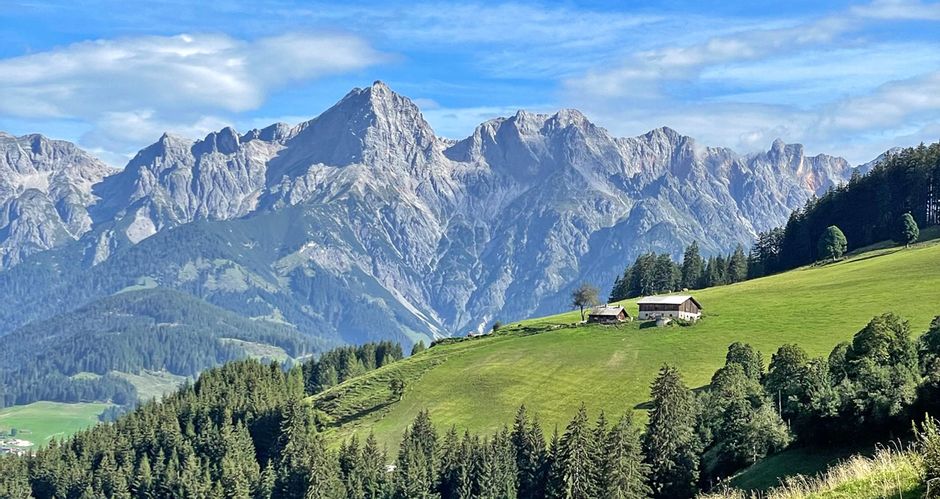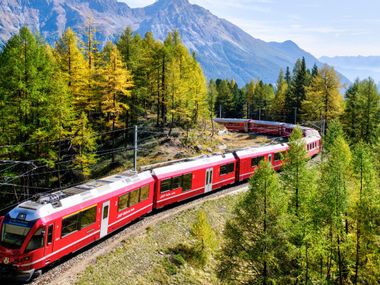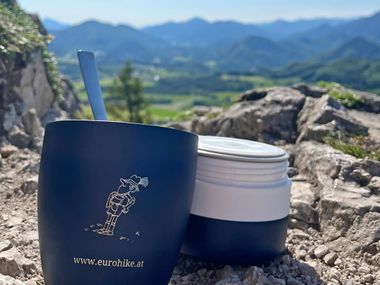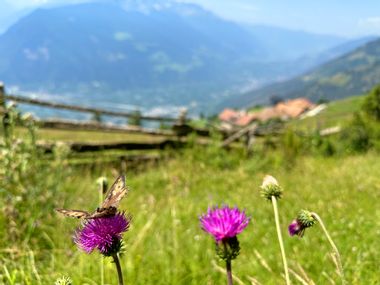Hiking offers both physical and mental benefits while allowing us to immerse ourselves in the splendor of the natural world. Yet, as we explore trails and revel in the breathtaking scenery, it's imperative to recognize the impact we have on the environment.
Sustainable on the trail - How to look after the environment when hiking







